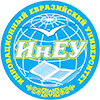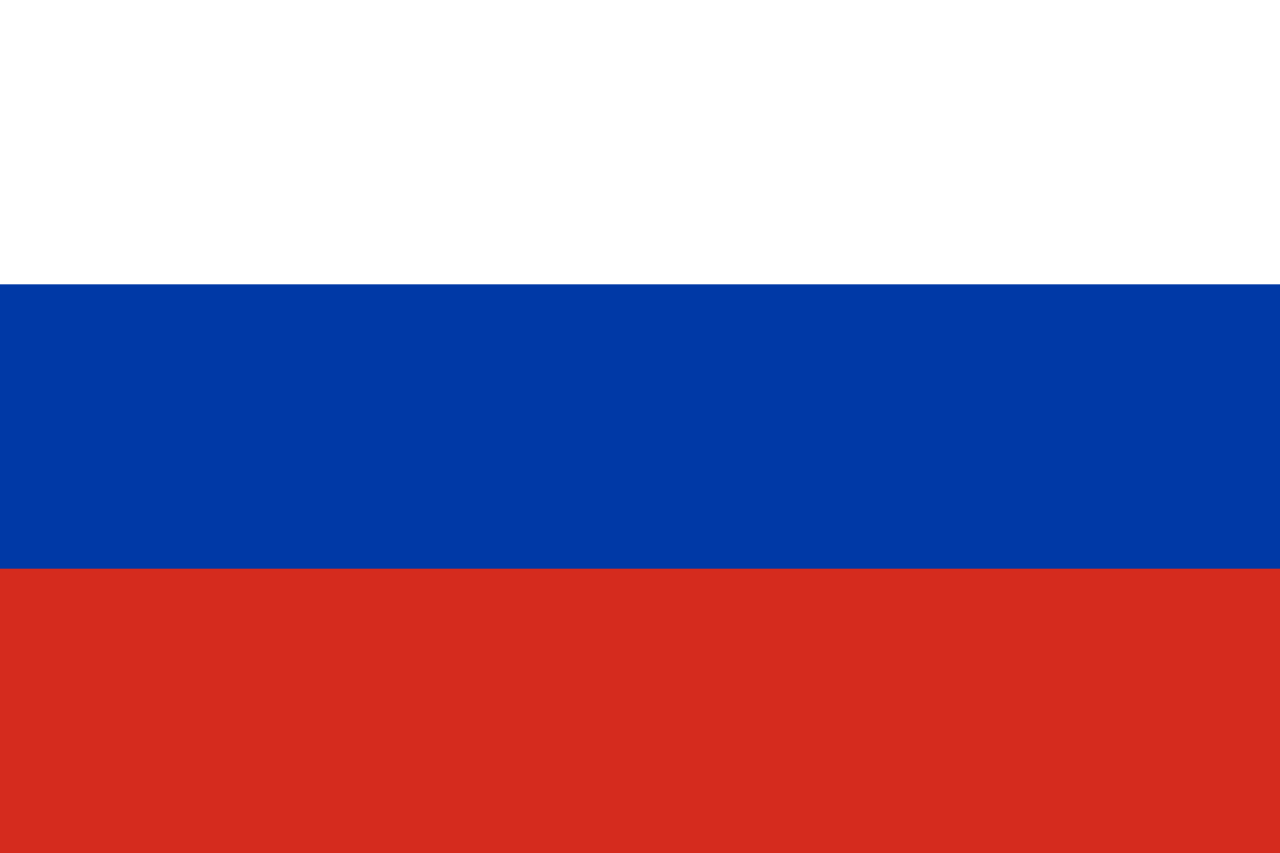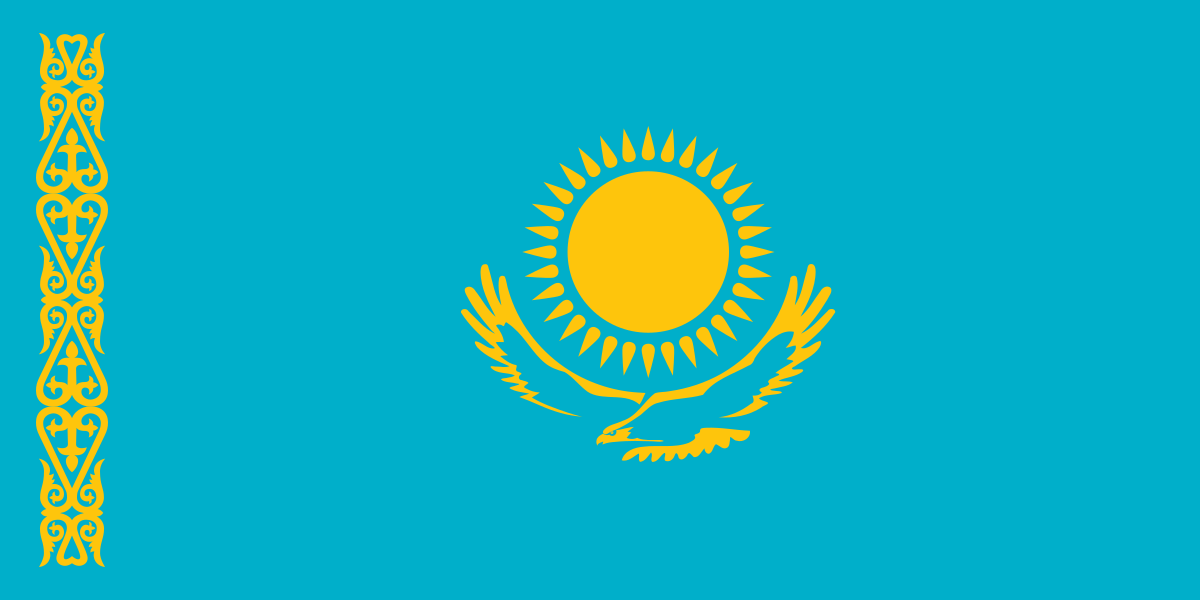Annotation:
Gennady Beshkarevis a poet, novelist, publicist, memoirist who lived in Pavlodar for some time in the
30s of the last century. Among other things, in his creative heritage there are memoirs of artistic and historical
interest "Pavlodarskiyebyli". In this work, in an artistic and journalistic form, social and everyday pictures are
vividly conveyed, which significantly enrich our knowledge about pre-war Pavlodar. "Pavlodarskiyebyli" is
especially valuable because earlier the 30s of the 20th century were considered as a kind of "white spot" in the
Russian literature of the region. On charges of anti-Soviet activities, G. A. Beshkarev was sentenced to serve a
five-year term in Siberian camps, and his work, which remained unpublished for a long time, only finds its
readers in our time. The works of G.A. Beshkarev are included in the "Pavlodar literary"anthology on the study
of Russian writers in Kazakhstan. In this regard, it is important to restore the portrait of the author's personality,
and today the memories of his contemporaries, their written and oral evidencecan only help.
This article is an attempt to systematize and analyze the data obtained as a result of the interview and
can serve as a material for creating a biography of the writer. Conversations with the author's relatives,
conducted in the fall of 2017 in Almaty by the author of the article, reveal the writer's personality traits, his
attitude to various aspects of life: to the era, people, and creativity. In the memoirs of family members,
Beshkarev appears as a person of rare directness and steadfastness, irreconcilable with the injustices of his time,
as a person physically resistant, endowed with endurance. In the memory of friends, he is captured as a talented
speaker, sometimes angry with the language, as clockwork, indefatigable, deeply artistic person of rare charm,
who was able to impress colleagues, women, and students, as well as a teacher who is ready to selflessly and
enthusiastically help students overcome difficulties.
Year of release:
2020
Number of the journal:
3(79)

 English
English Русский
Русский Қазақ
Қазақ